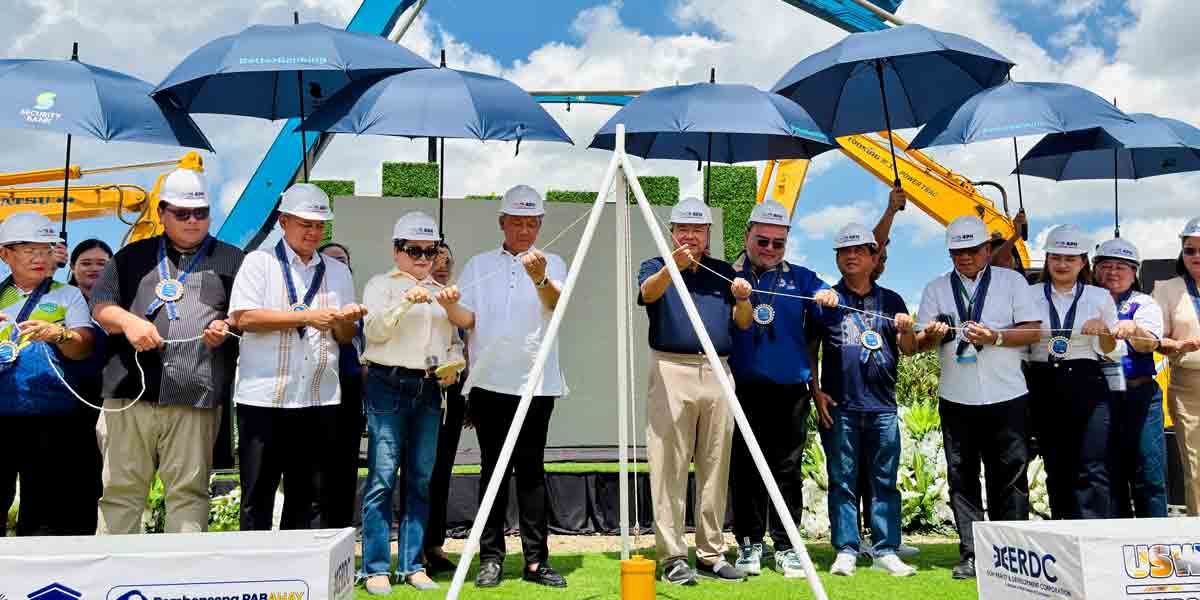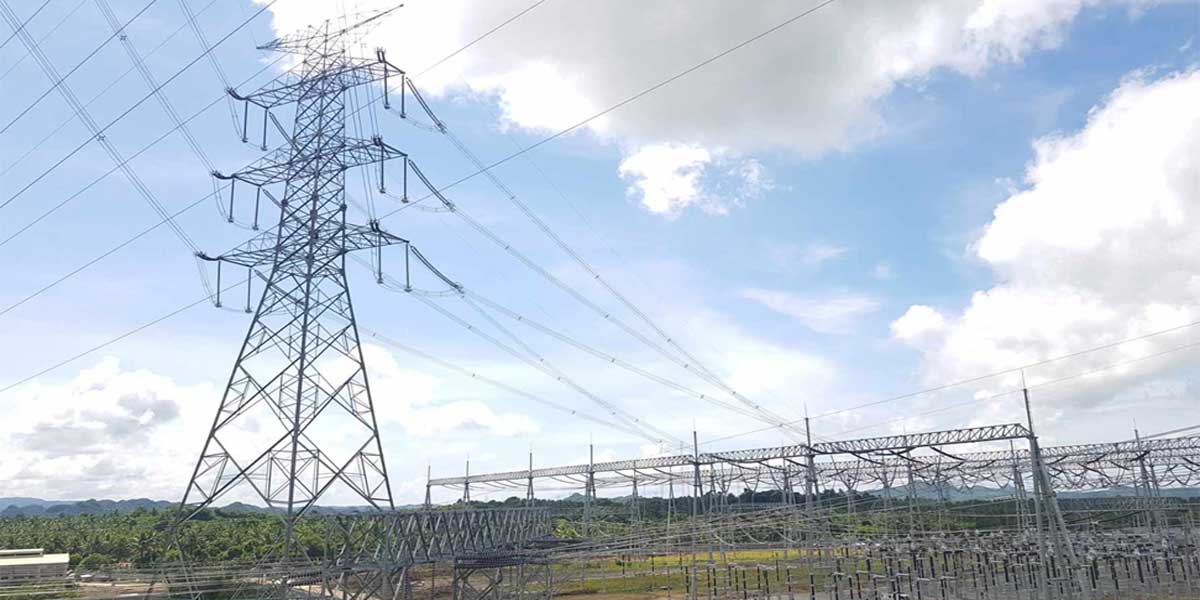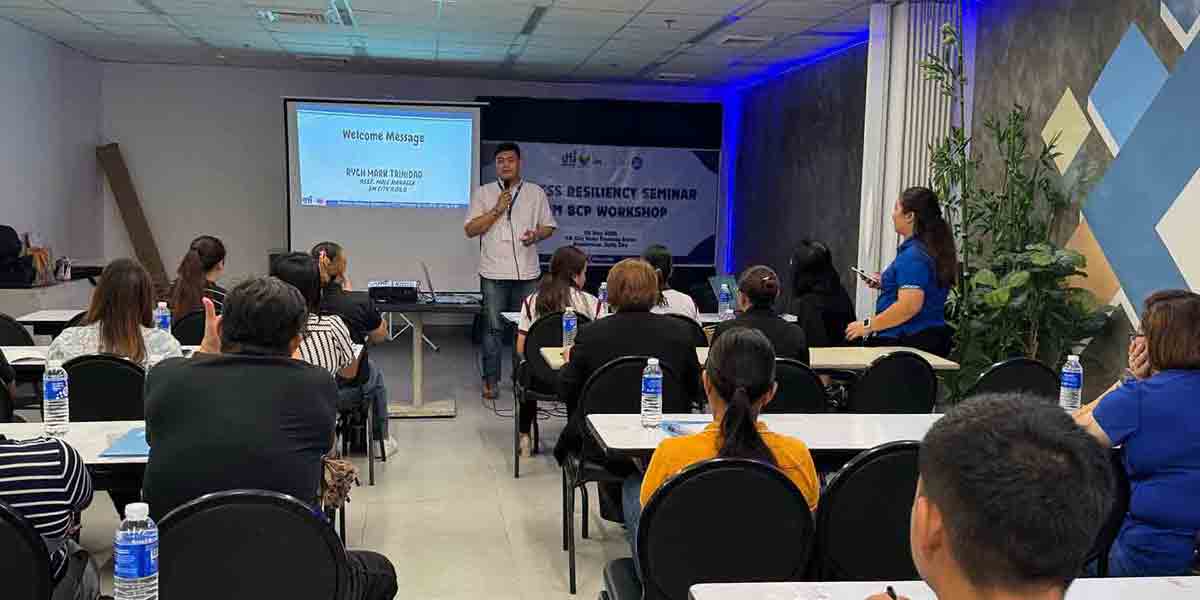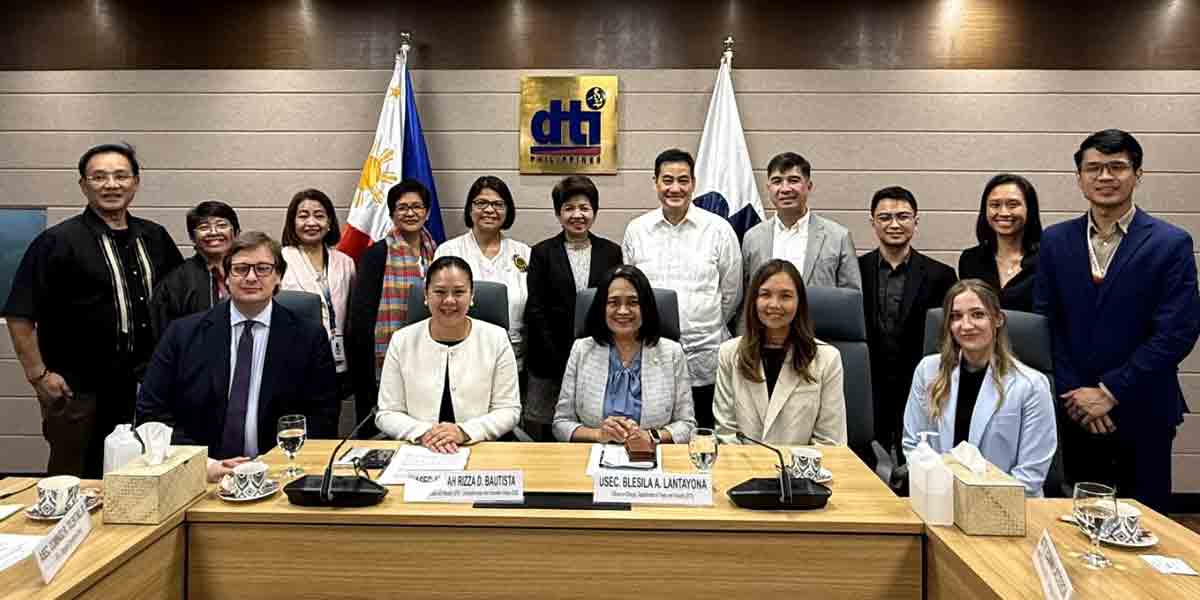
By Rjay Zuriaga Castor and Mariela Angella Oladive
The Western Visayas Regional Development Council (RDC) and the National Economic and Development Authority (NEDA) on Friday jointly launched the region’s overall six-year blueprint in development planning which is geared toward the full recovery from the pandemic and realization of the country’s long-term vision.
The Western Visayas Regional Development Plan (RDP) 2023-2028 noted that its long-term vision places “people” as the subject and object of development.
“To attain a progressive economy, the development of the region’s productive sectors such as agriculture and fishery, industry and services, renewable energy, culture, and tourism will be pursued. As the region progresses, it is expected that people’s living standards will improve, making them prosperous, secure, healthy, and happy,” an excerpt of RDP’s strategy framework highlighted.
NEDA Regional Director Arecio Casing Jr. said the plan has identified strategic actions and priority programs and projects that will guide the region in sustaining its post-pandemic
economic recovery through reinvigorating job creation and poverty reduction.
Casing said the plan was put together through a series of consultative workshops with various stakeholders to ensure that the plan will be inclusive and responsive to the needs of the whole region.
“To ensure a coordinated and fully integrated socio-economic development plan, the whole-of-government and whole-of-society approaches were adopted in planned preparation,” he added.
The development plan targets the regions to regain its economic momentum and reach the Php 1 trillion Gross Regional Domestic Product (GRDP) mark by 2024 and is estimated to grow between 7.5-8.5% valued at around Php1.3-1.4 trillion GRDP by the end-of-plan target.
The RDP targets:
- Unemployment rate declining from 6.6% in 2021 to 4.5- 5% in 2028
- Poverty incidence of 19.0% in 2021 to 7.0-8.0% by the end of 2028
- Headline inflation or prices of goods and services of 6.6% in 2022 to 2.0-5.0% by 2028
- Food inflation of 7.9% in 2022 to 2.0.-4.0% by 2028
To achieve energy security, the plan also includes championing energy transition renewable energy (RE) which entails exploring and developing indigenous resources in the region. This plan also contributes to the country’s goal of at least 35% RE share in the power generation mix by 2030 and greater than 50% by 2040.
Western Visayas RDC Chairperson Alfredo Abelardo “Albee” B. Benitez said this component is what makes the Western Visayas RDP “distinct from that of other regions.”
“Our region is seriously bent on supporting equitable power distribution and sustaining clean and renewable forms of energy sources,” he added.
NEDA Undersecretary Carlos Bernardo Abad Santos said the launching of the plan is not yet the end but rather the beginning of a crucial phase.
“It is now our collective responsibility to transform these strategies into tangible action and continually evaluate their effectiveness,” he said.
Santos likewise lauded Western Visayas’s economic growth after posting the fastest and highest growth rate among all regions at 9.3 percent in 2022, exceeding the national average of 7.2 percent.
“Hopefully we can sustain this growth momentum of our region,” he added, noting that the growth was primarily driven by the performance of the services sector.
“We hope that the services sector in the region can sustain its growth but also the industry services and the agricultural sector to also catch up,” he continued.
Santos furthered that regional development is the cornerstone of our country’s progress, which enables the national government to effectively address poverty, inequality and foster inclusive growth across all regions.
“RDCs bear the immense responsibility of setting the direction for economic and social transformation, empowering communities, and uplifting lives,” he added.
Meanwhile, Iloilo Governor Arthur Defensor Jr. expressed his full support for the RDP, especially with its direction toward improving education and lifelong learning.
“We are happy because we are totally aligned with that. That is also the direction we want to take,” he said.
Emphasizing improving education as the Iloilo province’s frontline project, Defensor sought help and collaboration with the council members, LGUs, and stakeholders for the implementation of EO 420, the localized implementation of RA No. 11206, or the Career Guidance and Counseling Act, which he authored when he was still a member of the House of Representatives.
EO 420 is an order to institute the Bulig Eskwela sang Probinsya Program or BES Probins Program, a program for an effective, relevant, and transformative educational system in the province of Iloilo.
Defensor said the program aims to “help address a disconnect or a gap because we want to help produce an educational system that caters to the needs of the government and the economy.”
“We want our educational system to produce the human resource we need,” he added.
The Western Visayas RDP 2023-2028 is guided by the Marcos administration’s 8-point socioeconomic agenda, “AmBisyon Natin 2040” or the long-term vision of no Filipino is poor by 2040, 2030 Agenda for Sustainable Development, and the country’s 2023-2028 development plan.





















